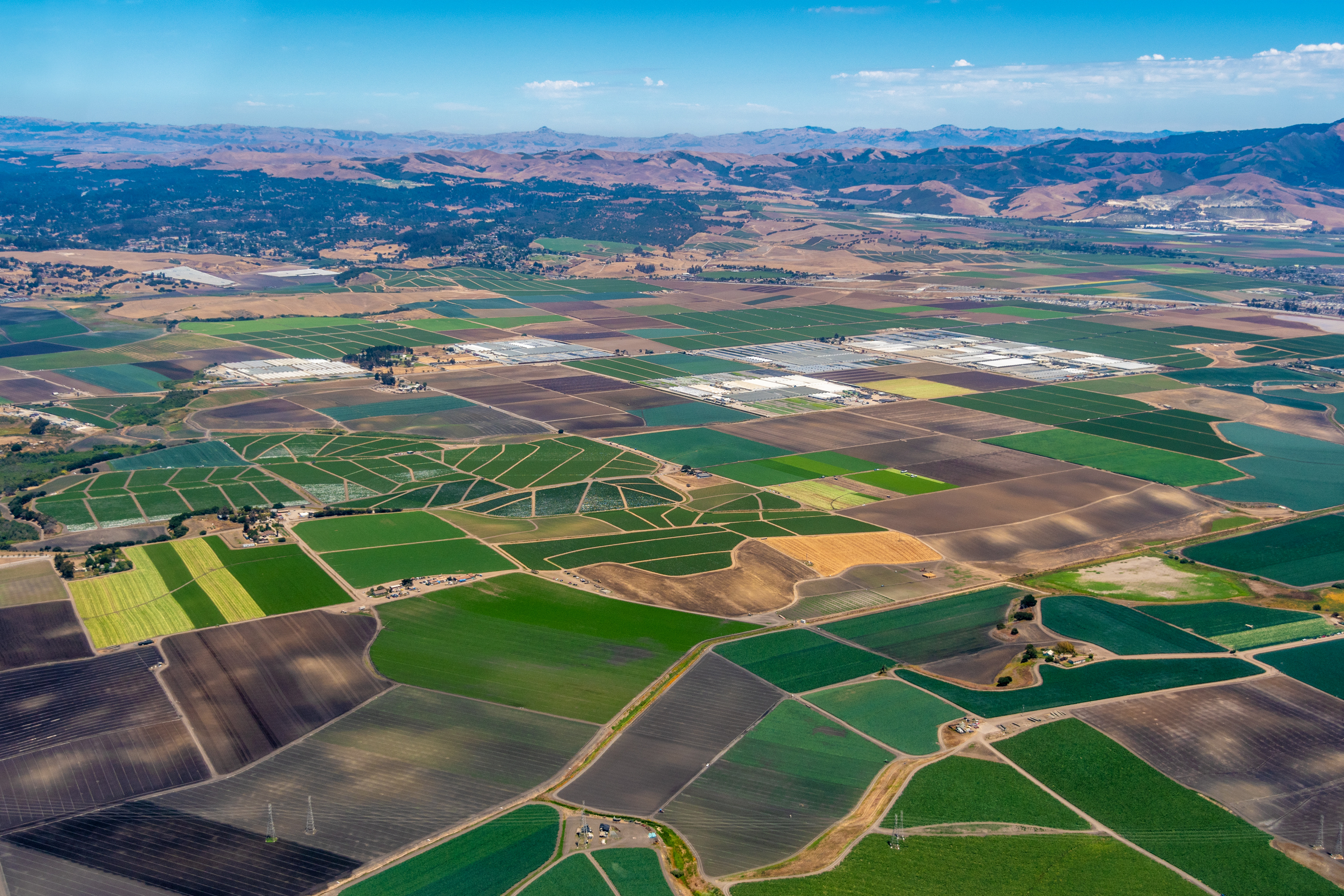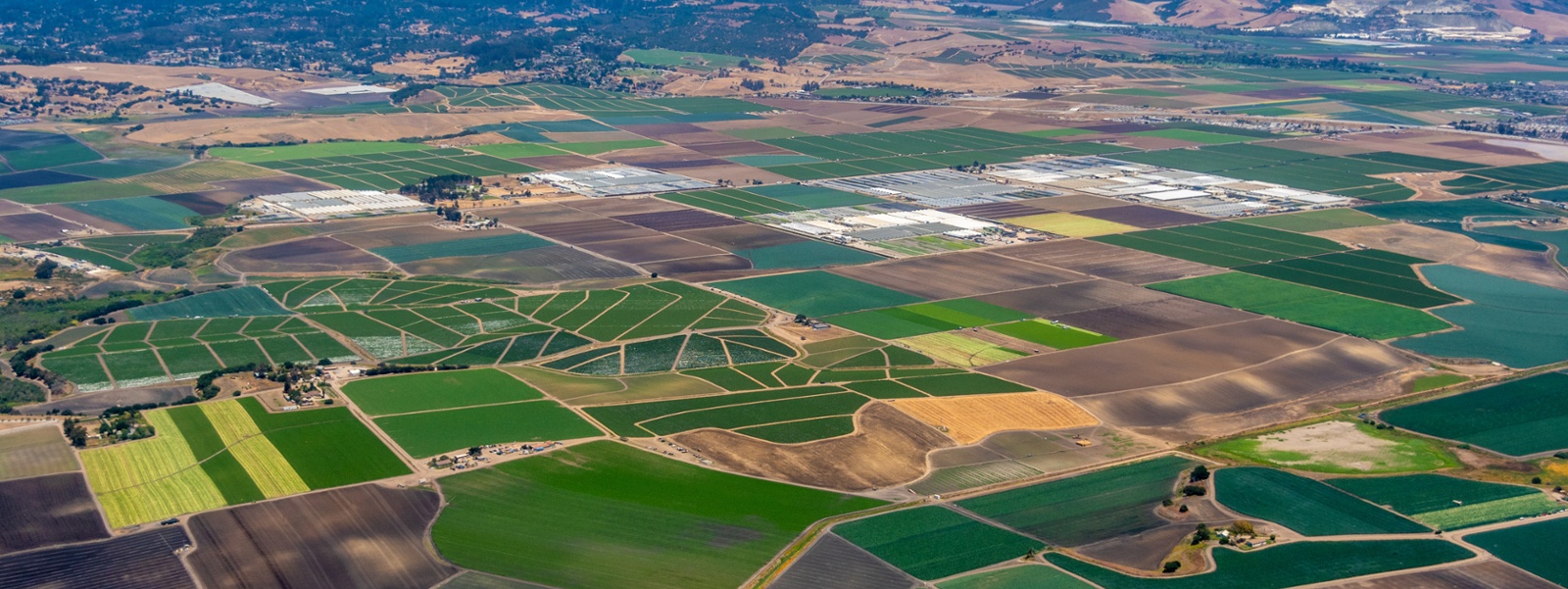Commentary: Ag census finding: It's getting harder to be a farmer

The number of California farms dropped by 10% from 2017 to 2022. The American Farm Bureau Federation is calling on Congress to pass a farm bill to ensure farming is economically sustainable.


By Zippy Duvall
From a window atop my grandfather’s old barn, you can see my family’s whole farm, from the hay fields to the chicken houses to the pasture where the mama cows are grazing. I love watching the sunrise from there, taking in the big picture.
But even from that bird’s-eye view, I can only see so far. I can’t see across the country, my home state or even my whole county. That’s where the U.S. Department of Agriculture comes in, bringing us all the big picture of American agriculture with its Census of Agriculture.
Every five years, this census offers a sweeping view of America’s farms and ranches.
What did we learn about the farm landscape from the 2022 census? A key takeaway from the Feb. 13 report is an overall decrease in the number of family farms across the country.
While the number of producers held steady, the number of farms and ranches is down 7% from 2017. (The trend was similar in California, where the state’s 63,134 farms in 2022 represented a 10% decrease from 2017.) This decrease largely hit small- and medium-sized farms, with the number of large farms up slightly.
We have seen the for-sale signs pop up across farmland, so this lower number is likely not a surprise to most farmers. From rapidly increasing regulatory requirements to inflation to skyrocketing labor costs, it’s getting harder for small- and medium-sized farms to hold on, and we’re starting to see an increase in consolidation of farms.
This big picture from the Census of Ag riculture should serve as a wakeup call to our lawmakers. The latest census numbers put in black and white the warnings our Farm Bureau members have been expressing for years. These aren’t just statistics to farm and ranch families across the country. They are deeply personal stories of heartbreaking decisions.
Farm and ranch families, and the men and women they employ, cannot hold on for long overdue reform on issues like the farm bill, tax reform and farm labor to name a few.
Now, it’s not just dark clouds on the horizon. I firmly believe we can find hope when we look at the big picture, and it’s no different here. I, for one, am encouraged by looking to the future with the growing number of beginning farmers.
According to USDA, in 2022, the number of beginning farmers was just over 1 million. That’s up 11% from 2017.
That said, the average age of a farmer ticked up again to 58, so we need to find ways to encourage more young people to get involved in farming or to come back to the farm.
With expenses and high startup costs, such as interest rates up 43%, young farmers need more tools to keep them farming rather than obstacles that drive them out of business.
We need to keep exploring ways to ensure that farming is economically sustainable for all farmers.
We urge Congress to heed the warning signs of having fewer family farms. The importance of the farm bill cannot be overstated. Passing a new farm bill that addresses these challenges is the best way to help create an environment that attracts new farmers and enables families to pass their farms to the next generation.
We need a modernized farm bill in 2024, one that helps family farms during difficult times and keeps our food supply secure in all seasons.
The Census of Ag riculture data isn’t just about the big picture, however. The census gets down in the weeds with 6 million data points. That level of detail is critical for USDA in its work to ensure farms of all sizes and types have the support they need.
The big picture—and all the details in it—helps USDA allocate funds down to the county level to support farms and ranches.
Our team of economists at Farm Bureau has been diving into this important research. You’ll see Farm Bureau employing USDA data along with our analysis throughout the year, from sharing the great strides farmers are making in sustainability to helping consumers better understand where their food comes from.
None of this research and analysis is possible without participation by farmers and ranchers across the country. The Census of Agriculture is a critical tool in sharing our farm and ranch stories.
The big picture of agriculture should matter to all Americans—because we are all counting on the success of America’s farmers and ranchers.
(Vincent “Zippy” Duvall, a poultry, cattle and hay producer from Georgia, is president of the American Farm Bureau Federation. This commentary is adapted from the Feb. 14 edition of his column, The Zipline, which appears online at fb.org/the-zipline.)




